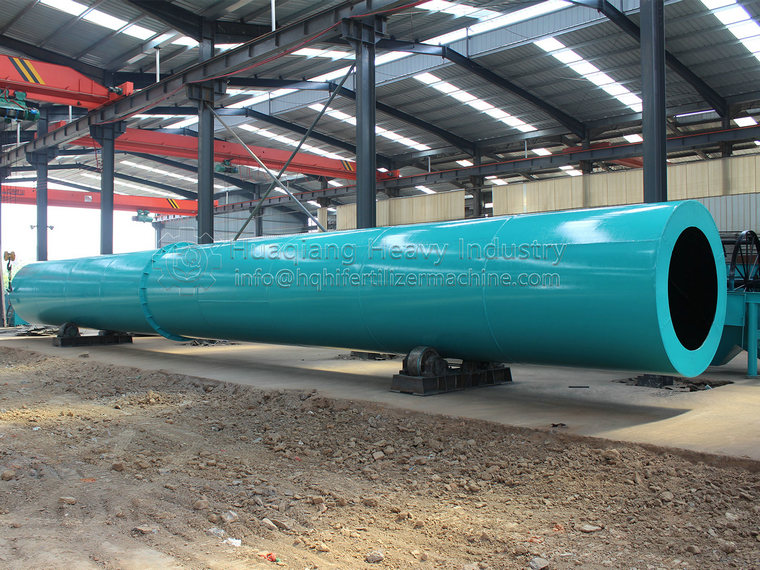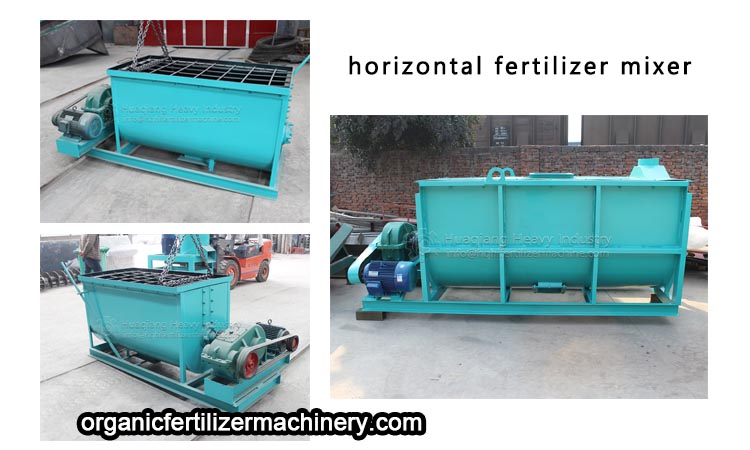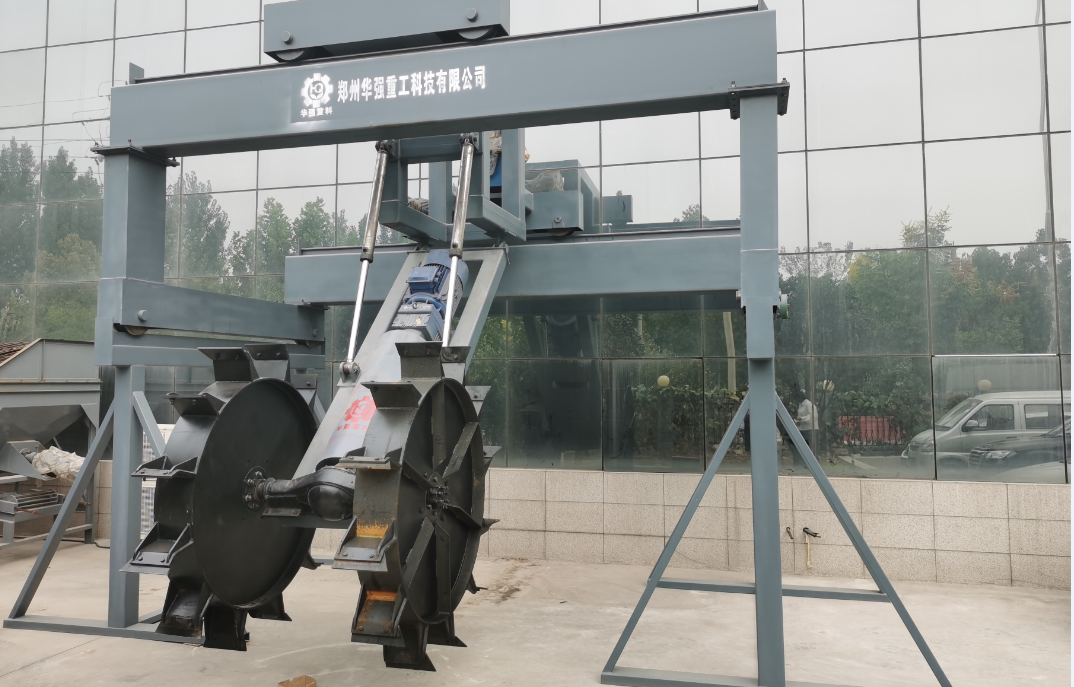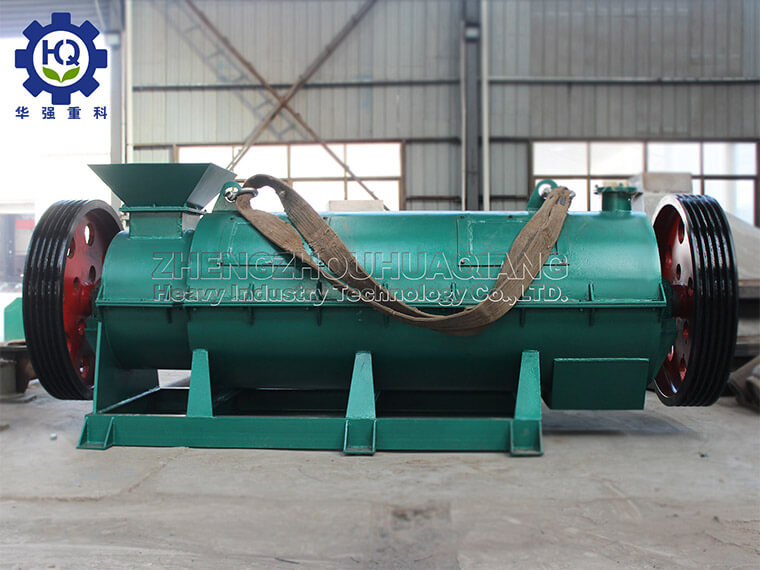Cow manure is a large amount of feces excreted by cows during the process of raising cattle, which is a coarse fibrous substance mixed with a large amount of urine and mucus. Cow manure is a type of livestock manure that is not easy to air dry. With the continuous expansion of aquaculture scale in China, intensive farming has brought about the concentration of a large amount of cow manure, which is difficult to handle when piled together. Cattle farms use cow dung Manure equipment production lines to process cow dung Manure, which has benefited many enterprises. The input-output ratio is a topic of concern for the project party of cow dung Organic fertilizer equipment processing.
The quality of cow dung Organic fertilizer equipment and the price of equipment have attracted the attention of fertilizer processing plants and farmers. How much can I buy a set of cow dung Organic fertilizer equipment today? Which is the best manufacturer of cow manure treatment equipment in cattle farms?
Generally speaking, cow dung Manure is not expensive, and the equipment needed for cow dung Manure is customized and purchased according to the specific conditions of the manufacturer. Generally, the equipment needed includes fermentation dumper equipment/dumper equipment, granulation equipment, mixing equipment, crushing equipment, drying equipment, screening and grading equipment, packaging equipment, transportation equipment, dust removal equipment, etc.
Analysis of the price and equipment needed for cow dung Organic fertilizer equipment
Processing cow dung Manure from cattle farm waste is a good project for the country, the people and the enterprise. On the one hand, it meets the requirements of the current national demand for agricultural environmental protection, and also conforms to the current policy trend of “comprehensive recycling of resources”. At the same time, because the cow dung Manure equipment can increase the income of farmers. It is highly popular among large cattle farmers. The price of the entire set of equipment is determined by the equipment and model required by the designed process. The specific details are roughly as follows:
1. The overall equipment of the small powder cow dung Organic fertilizer production line is low in price and small in investment. Required equipment Common small Organic fertilizer equipment: Organic fertilizer high moisture material grinder, Organic fertilizer drum screening machine, 2M/3M fermentation dumper or Organic fertilizer composter, small conveyor, the other is packaging machine equipment. The purchase of such a set of cow dung Organic fertilizer equipment is about 50000 yuan.
2. In addition to the basic equipment required in powdered cow manure, the equipment required for the production line of small granular cow manure Organic fertilizer also needs to be added with Organic fertilizer granulator equipment, Organic fertilizer drum dryer equipment, Organic fertilizer cooler equipment, coating machine, packaging machine equipment, etc. Such a production line of small granular cow manure Organic fertilizer depends on the granulation system, but its price is basically between 100000 yuan and 500000 yuan.
3. Equipment for medium-sized and large-scale cattle manure Organic fertilizer production line. In this case, it is mostly used for professional Manure manufacturers. The characteristic is that the output is large, and the degree of automation is significantly improved compared to small ones, resulting in an overall improvement in equipment performance. And the required equipment is basically similar to 1. and 2. It is only a change in equipment capacity and automation level. However,
Large and medium-sized cattle manure Organic fertilizer production line equipment still has a great impact on the price. The price of the whole set of medium-sized Organic fertilizer equipment: 300000 yuan -2 million yuan. The price of the whole set of large-scale Organic fertilizer equipment is basically above 800000 yuan.
.jpg)

.jpg)





